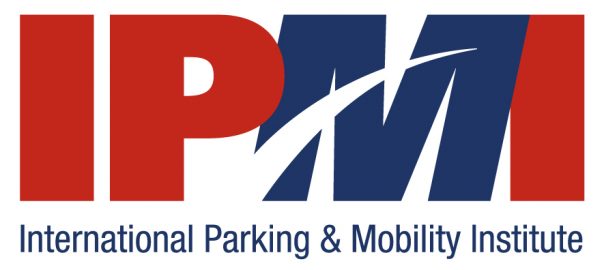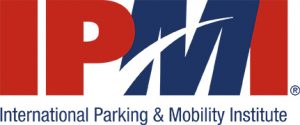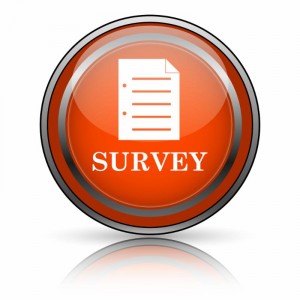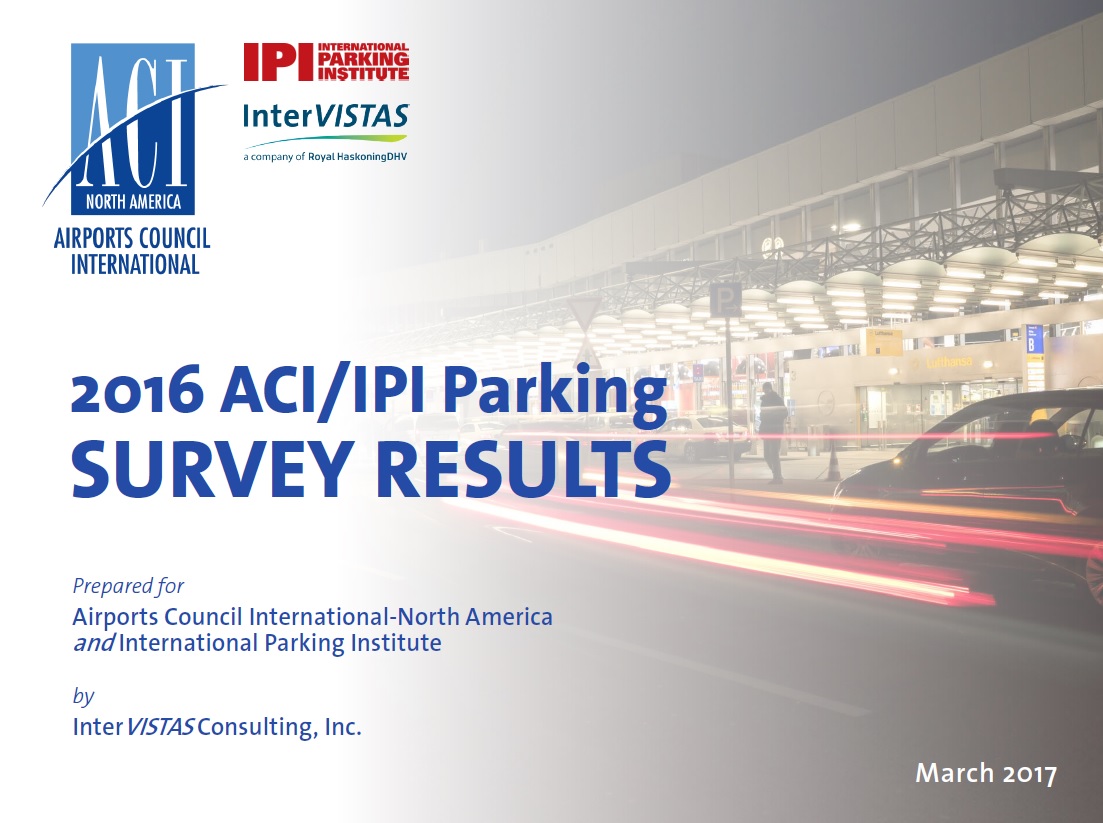Research says there’s plenty of parking but drivers disagree. Here’s what a new survey says about that dichotomy.
By Devorah Werner
It’s a balmy Saturday afternoon at the University of Tennessee and the college football  team is gearing up to play. You can feel the energy in downtown Knoxville as the streets fill up, typically with more than 100,000 visitors eager to watch the game at the stadium or at local bars. A few of the downtown garages fill up quickly, almost within moments. And then, nothing. Several other garages downtown, well situated and with myriad spots available remain virtually empty. And drivers circle and circle, frustrated at not being able to find a spot where they’d like one.
team is gearing up to play. You can feel the energy in downtown Knoxville as the streets fill up, typically with more than 100,000 visitors eager to watch the game at the stadium or at local bars. A few of the downtown garages fill up quickly, almost within moments. And then, nothing. Several other garages downtown, well situated and with myriad spots available remain virtually empty. And drivers circle and circle, frustrated at not being able to find a spot where they’d like one.
Why?
Why do some lots fill up quickly while others remain unnoticed? How much time are people wasting looking for parking? Do people avoid certain areas because they don’t think they’ll find parking? How does that affect local businesses and events? Would better access to parking availability data make a difference in people’s mindsets?
We set out to discover what goes on in the mind of parkers with an omnibus survey of 1,000 randomly selected drivers from across the country.
Here’s what we discovered:
There’s Nothing out There
There seems to be widespread feeling, despite many studies to the contrary, that there simply isn’t anywhere to park. More than three quarters (76 percent) of respondents to the survey said they avoid traveling to certain areas because of a perceived lack of parking.
But apparently spots do exist. Studies of the plethora of available parking across the U.S. often lament a world of excess. One study estimated as many as eight parking spots for every car in the U.S., and some cities such as Houston, Texas, are said to have 30 per resident.
Yet people think there isn’t anywhere to park.
Wade Roberts, manager of parking services for the city of Knoxville, provides firsthand evidence of this dichotomy. He manages eight parking garages in downtown Knoxville and says, “People visit downtown and pack into two of our garages. Everyone then becomes frustrated with the perceived lack of available parking.” And that’s with six lots sitting empty.
But his anecdotal evidence is even more telling. Roberts lives in the suburbs of Knoxville and says almost everyone he meets tells him they “avoid downtown because they don’t want to deal with parking.”
Knoxville seized the problem by the horns and installed a parking counting system at one of the city’s garages to test what would happen if drivers could see parking availability data clearly displayed. A sign at the entrance of the garage lets drivers know how many spots are available, which is particularly helpful at underutilized garages.
The pilot project was deemed a success as drivers learned when it was worth entering the garage and when to search elsewhere. The city is now installing the same system in three more downtown lots, with the goal of countering the fear of downtown parking.
This phobia of downtown parking does more than just frustrate suburbanites. It negatively affects local businesses, city revenues, and growth potential.
Increasing parking availability data has the power to reverse that by bringing people back to downtown areas as they become aware that spots do exist and can be surprisingly easy to find.
The outcome of better parking guidance in downtown areas can be exponential for cities as profits increase for shops and restaurants, more businesses become interested in investing in downtown locations, and increased job availability helps grow local economies.
Wasted Time
Of the 1,000 drivers surveyed, 15 percent attest to spending more than 30 minutes each week looking for parking. That’s a minimum of 26 hours a week of wasted productivity per person or an aggregate sum of more than 3,900 wasted hours every single week.
Those hours spent in search of a spot also translate into increased emissions and congestion on local roads—a blight on the environment and traffic patterns. The experience of wasting time searching for spots also leads to the added cost of the frustration drivers experience and the effect it has on the rest of their day, including their work productivity and interpersonal relationships.
If spots were indeed unavailable, these wasted hours would be a necessary evil. But what about when they are?
While this is likely the case in cities, universities, and shopping centers across the U.S., Baylor University in Waco, Texas, provided some firsthand evidence of how wasted that time really is. The university boasts 11,000 parking spaces across five student garages but was constantly fielding complaints of insufficient parking.
How hard can it be to find a spot in a college with 11,000 of them?
Apparently harder than you might think.
For students struggling to get to class on time, driving into a garage, circling each area, and then having to leave the lot without finding a spot is indeed a waste of valuable time. While the administration could clearly document sufficient parking, student experience clearly evidenced insufficient parking.
In truth, both experiences were valid. Without parking guidance directing students to where spots were available, the plethora of parking was nearly useless and, at best, inefficient.
For Baylor, simply installing a parking guidance system helped eliminate a lot of that wasted time. When a lot is full or almost at capacity, students can see that information displayed. The data allows them to make the choice to bypass one lot and move on to another with more available parking.
Matt Penney, director of parking and transportation at Baylor, found that the stress and frustration stemming from wasted time was virtually eliminated once the university turned to parking guidance. Not only did complaints stop but, he says, “I started getting texts from students [about the variable message signs displaying spot availability] saying things like ‘that sign is awesome’ and ‘that sign is a winner.’”
Baylor students also put their money where their mouths are—while the school initially funded a parking counting system at one of the campus garages as a pilot program, the student government used $20,000 in discretionary funds to help fund systems at three more of the university’s garages.
Public Transportation
When thinking about parking, local road congestion and time wasted searching for spots are what usually come to mind. But highway congestion and the colossal waste of time it creates are almost a thing of legend in some areas of the U.S.
The Washington, D.C., region is notorious for its endless commuting time. It consistently ranked as having some of the highest levels of congestion in the country. D.C. drivers spent an average of 63 hours stuck in traffic last year. That’s two and a half days just sitting behind the wheel, waiting to get to work or back home. The obvious solution is increasing the use of public transportation.
The Virginia Railway Express (VRE) is a joint project of the D.C. region and the Commonwealth of Virginia, aimed at reducing peak period congestion with commuter trains. When the VRE was first introduced in 1992, it averaged around 3,000 users a day. Two summers ago, the average ridership was more than 20,000 and growing.
That can be interpreted as 20,000 fewer cars on the highways commuting to and from D.C. But where did those 20,000 cars go?
Commuters may celebrate the option to avoid the daily angst of using local highways, but they certainly didn’t want to replace it with the aggravation of trying to find parking to get on the train on time.
In Boston, Mass., for example, weekday mornings see long lines of cars waiting to enter commuter lots. Some wait as long as 20 minutes for a spot. It’s not quite as long as commuting would be, but it’s enough to dissuade some drivers.
At the VRE, there was an acknowledgement that they couldn’t increase rail use without considering parking for commuters. Earlier this year, the VRE installed automated parking counting systems that provide real-time data to commuters to help them assess parking availability. A mobile app provides the same live data so that drivers can check parking lot status before they even leave home. This allows them to better plan their time and avoid the frustration and wasted time of circling for a spot when there aren’t any.
Planning Ahead
People may be apt to complain about lack of parking, about wasting time, about the frustrations of looking for parking. But how likely are they to care enough to do something about it?
Pretty likely, actually.
The survey found that nearly 70 percent of respondents reported they would use an app to find parking information at their destination. People are willing and interested in doing what they can to avoid parking angst as long as cities and parking lot vendors are willing to invest in gathering and displaying that data.
Tracking and displaying real-time parking data does more than just bring passing parkers in. Having that information available lets parking lots, cities, and universities display parking data on their websites or via apps so that drivers can make better informed decisions about where to look for parking.
At the University of California, Riverside, parking data for each of five lots is displayed on the college’s website. Each lot displays the number of available spots and what the occupancy levels are. For students heading out to class, that data can make the difference between being calm and on time or being harried, stressed, and late.
For the Virginia Railway Express, parking data displayed on the VRE mobile app and at VRE.org gives passengers a head start on their commutes. With two rail stations commuters can choose from, parking availability data can make a crucial difference in getting to work on time.
In Knoxville, for football fans at the University of Tennessee, parking data available via app means they can make more intelligent decisions about where to look for parking instead of all congregating to the same lots.
In a world where 76 percent of people avoid downtown because they think there’s nowhere to park, and people waste countless hours every year in search of parking, providing real-time parking data is of inestimable value. It can improve profitability in downtown areas, help universities and public transportation run more smoothly, and improve a city’s bottom line.
Perhaps most importantly though, access to data on parking availability can make a difference in people’s mindsets about parking and help reduce everyday stress and frustration.
Read the article here.
DEVORAH WERNER is content strategist with Logixits. She can be reached at dwerner@logixits.com.
THE PARKING PROFESSIONAL | SEPTEMBER 2018 | PARKING.ORG/TPP 49
 By Brett Wood, CAPP, PE
By Brett Wood, CAPP, PE



 By Brett Wood, CAPP, PE
By Brett Wood, CAPP, PE By Shawn Conrad, CAE
By Shawn Conrad, CAE Hopes for widespread adoption of mobility-as-a-service have grown as car ownership numbers among young adults have dropped. But a new survey says the picture may not be as rosy as once thought. Simply put, many older drivers have no interest in giving up their cars.
Hopes for widespread adoption of mobility-as-a-service have grown as car ownership numbers among young adults have dropped. But a new survey says the picture may not be as rosy as once thought. Simply put, many older drivers have no interest in giving up their cars.
